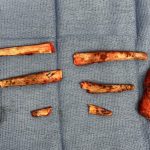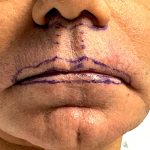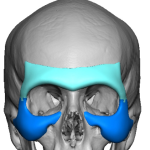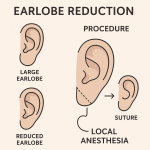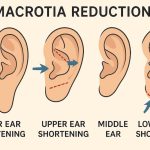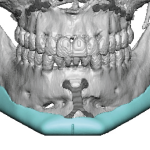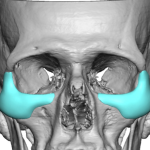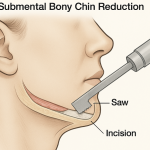Thigh Implants for Congenital Asymmetry Case Study
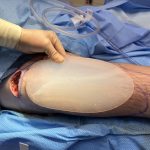
Thigh implants are solid, medical-grade silicone implants designed to enhance the contour and muscular appearance of the thighs. They can add fullness to various quadriceps muscles including:: Rectus Femoris Vastus Lateralis Vastus Medialis Unlike fat transfer, implants create predictable and stable volume, especially for patients who are lean or who have difficulty gaining/thickening certain thigh Read More…



